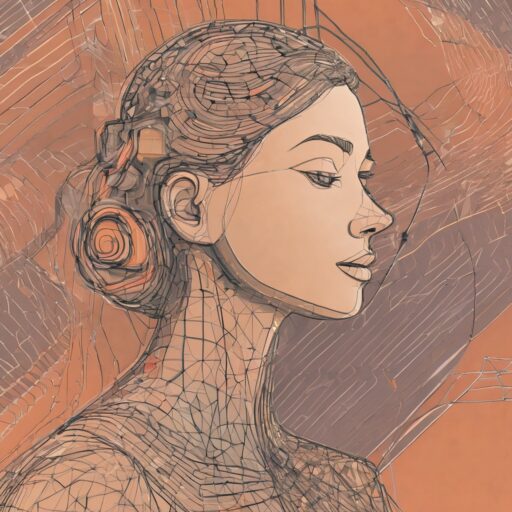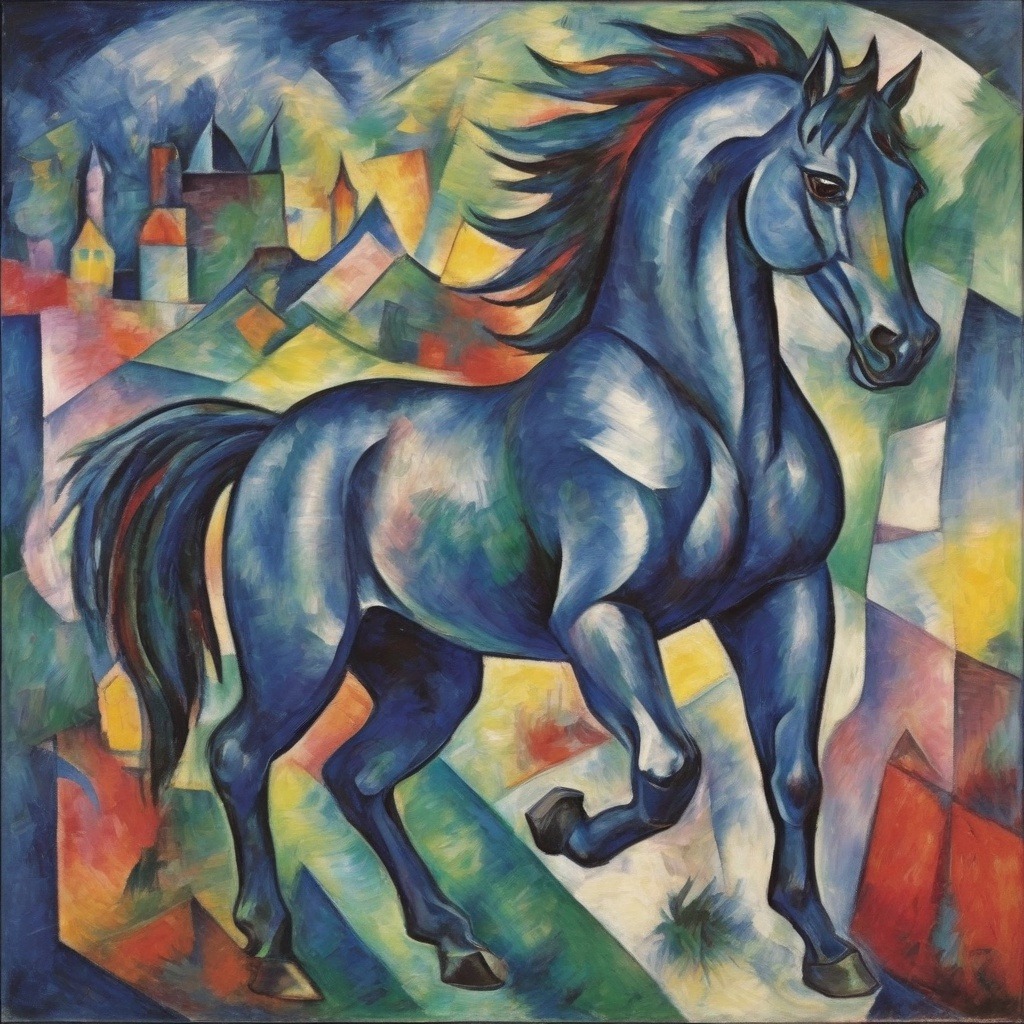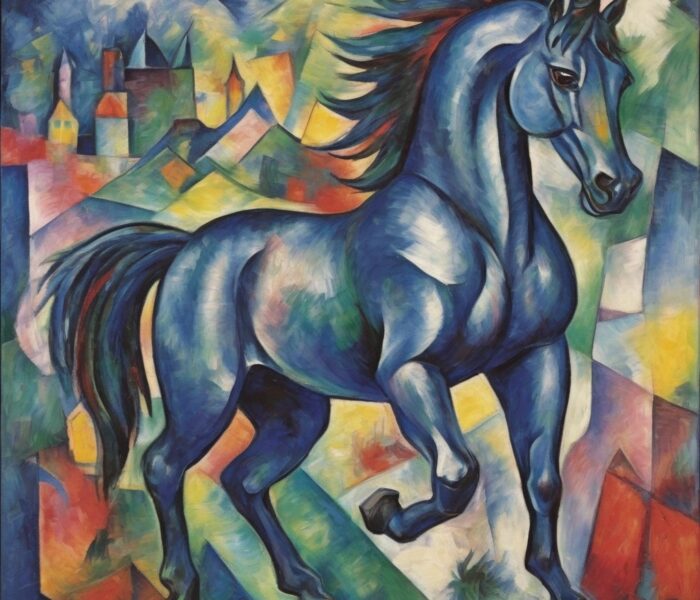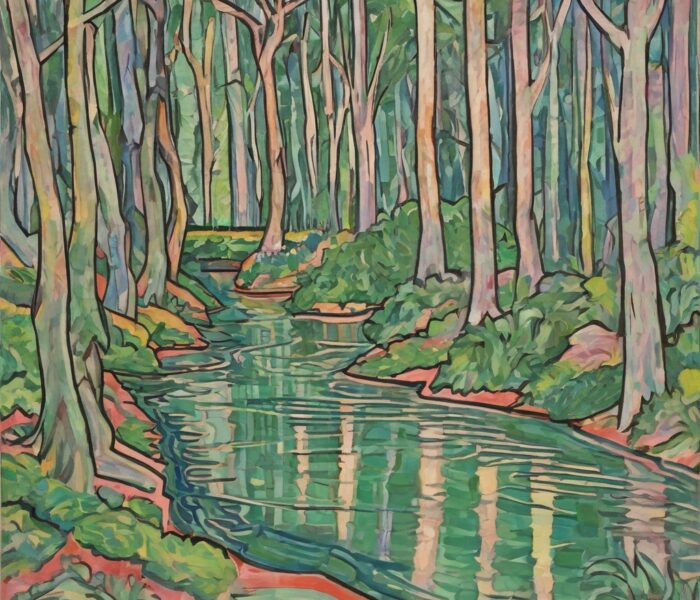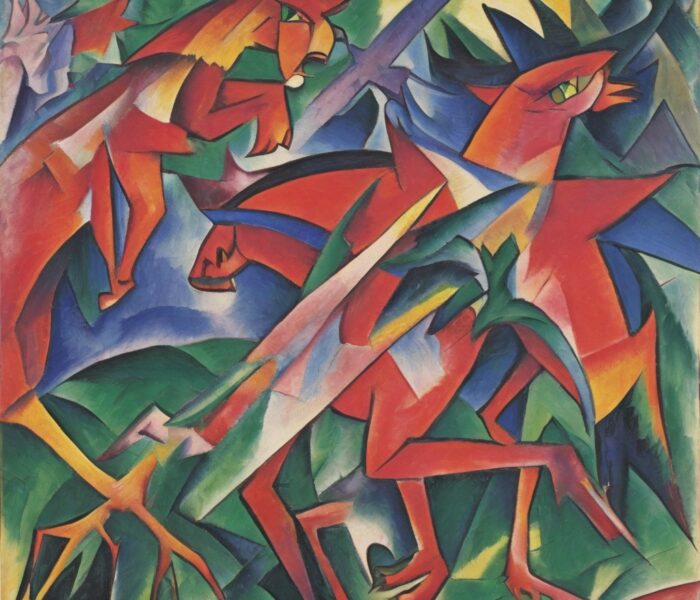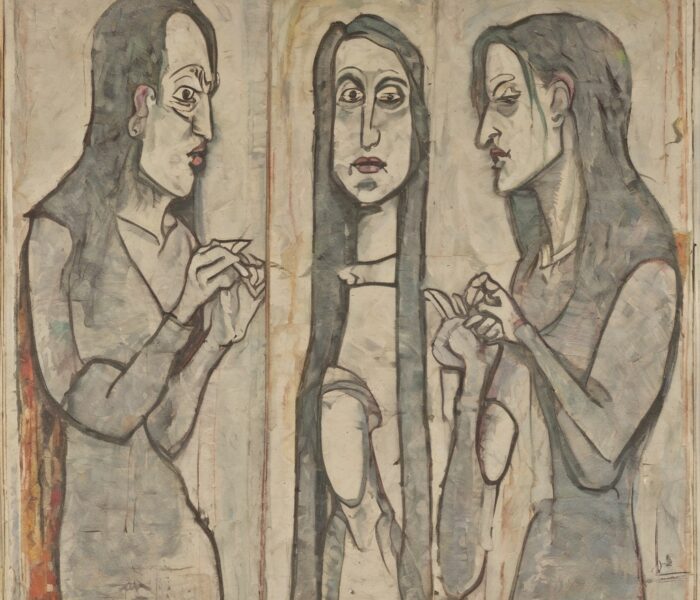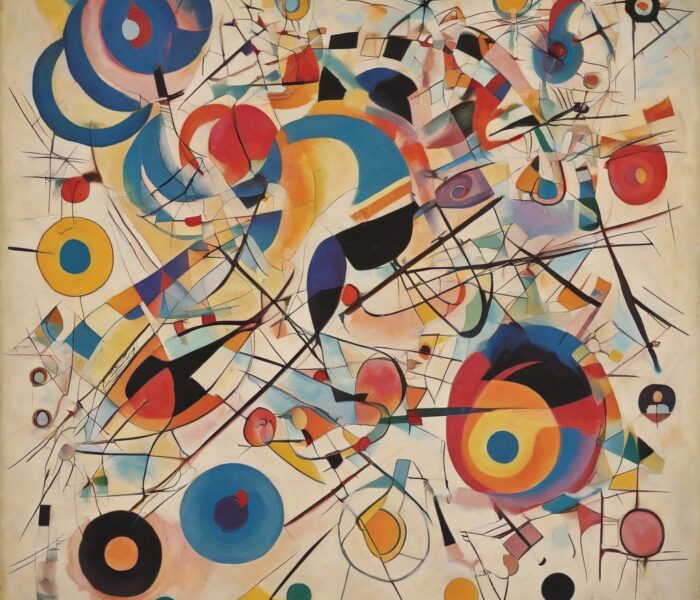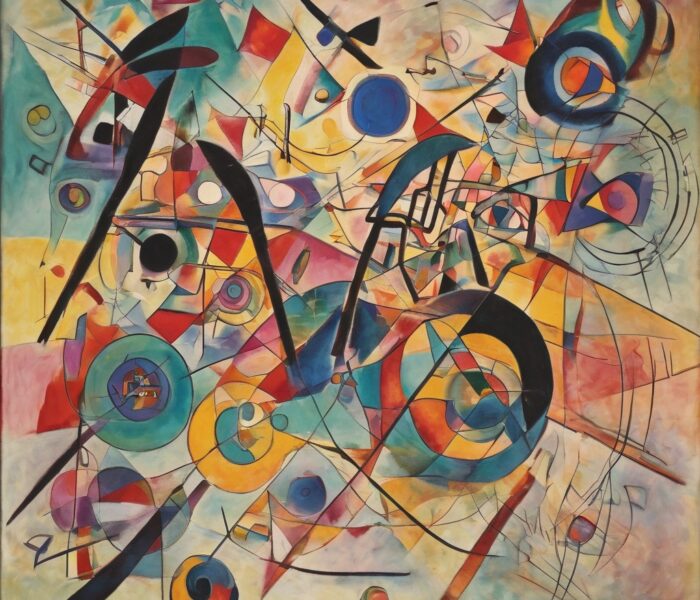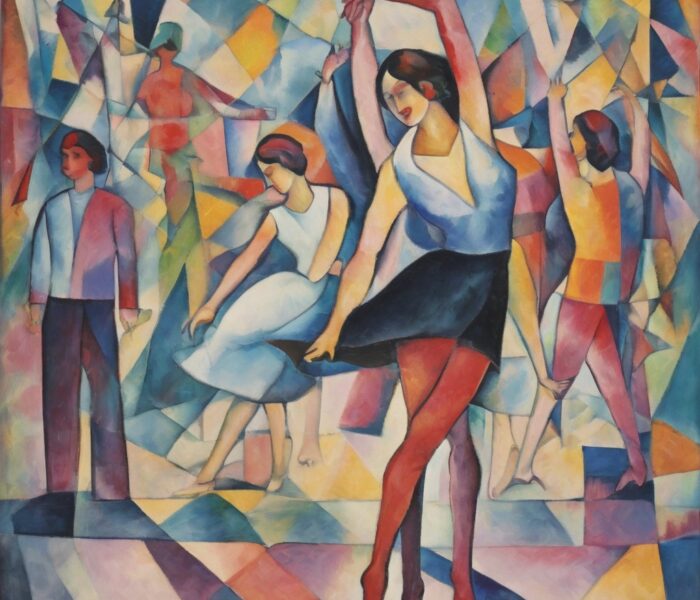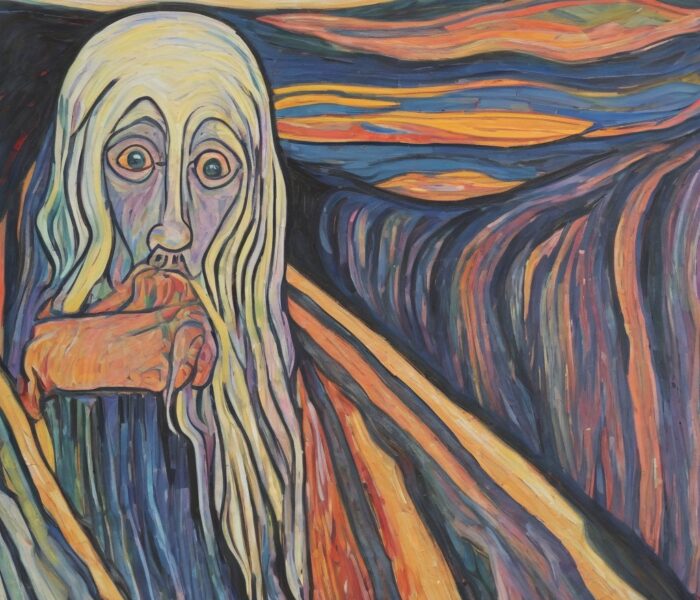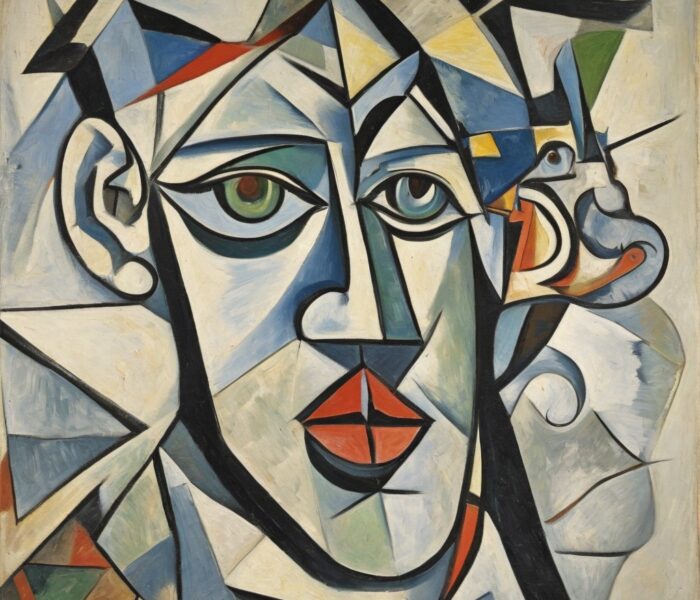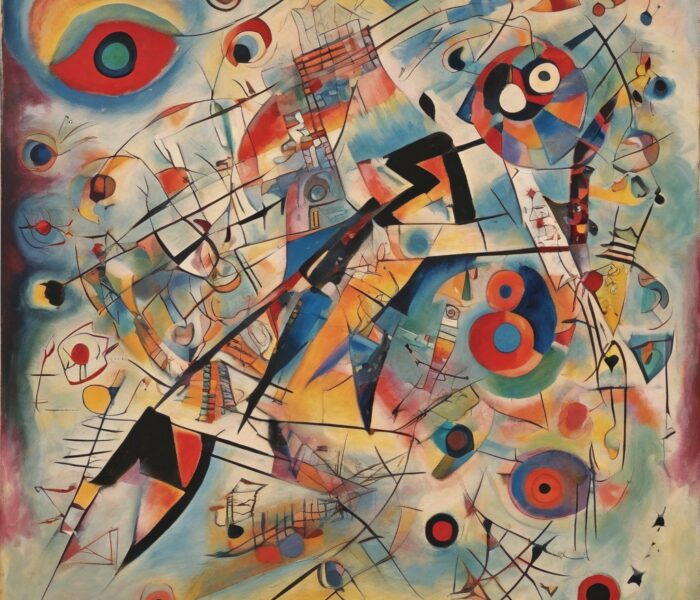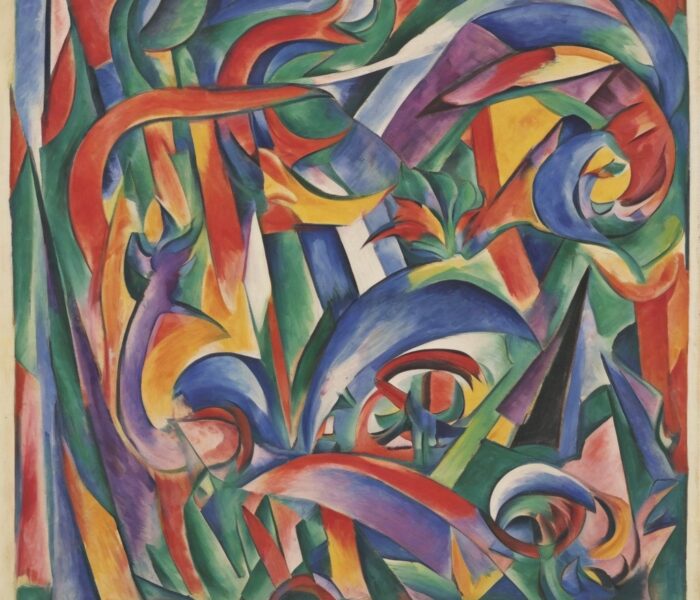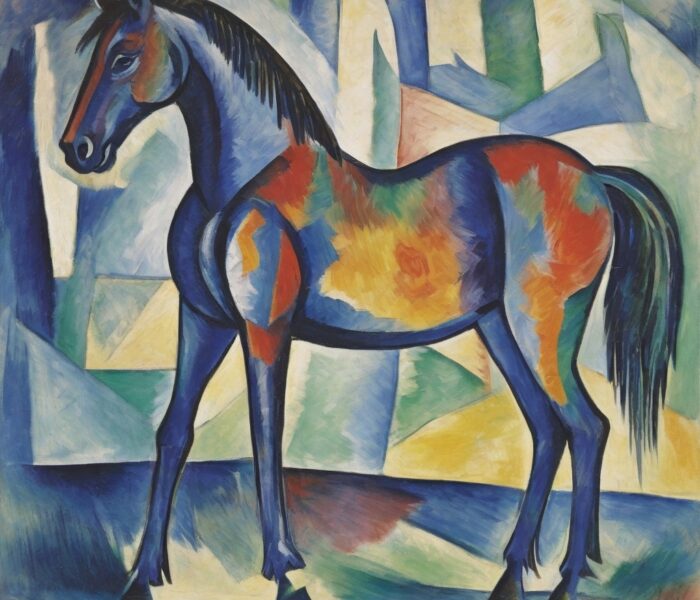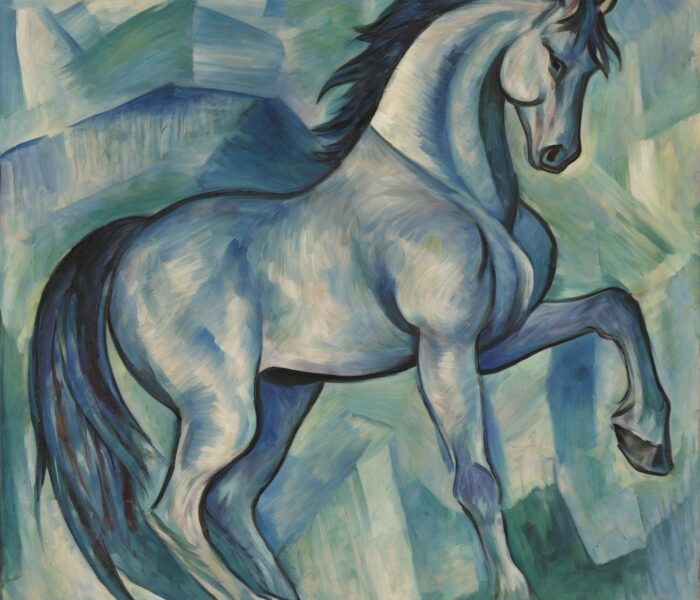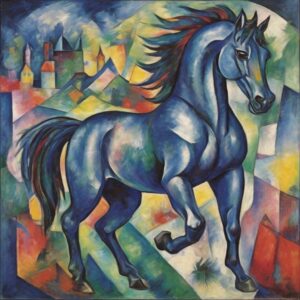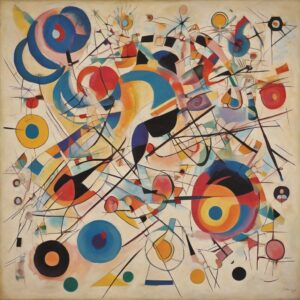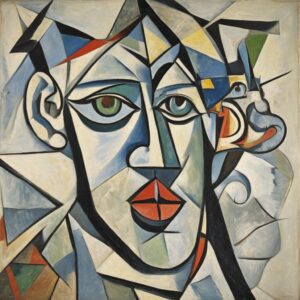The use of generative artificial intelligence (AI) in the field of art has sparked a revolution in the creative landscape in recent years, opening up new possibilities for the creation and interpretation of artworks. A particularly intriguing example is the application of generative AI in the context of Expressionism, an early 20th-century art movement known for its emotional intensity, strong expressions, and departure from traditional realism.
Expressionism was characterized by a subjective representation of emotions, inner states, and psychological experiences. Artists such as Edvard Munch, Wassily Kandinsky, and Ernst Ludwig Kirchner created works that explored the deepest human feelings and fears, revealing a world of interiority and subjectivity.
The use of generative AI in the context of Expressionism offers a unique opportunity to explore the aesthetic principles and expressions of this movement and to develop new artistic expressions. By analyzing data on expressionist paintings and stylistic features, AI can learn to imitate the characteristic techniques and motifs of expressionism and generate its own interpretations.
A central feature of Expressionism is the emphasis on emotion and subjectivity, often expressed through distorted forms, bright colors, and expressive brushstrokes. Generative AI algorithms can mimic these techniques and create works that capture the intense emotional impact and subjective experiential world of expressionism.
Another important feature of Expressionism is its emphasis on the unconscious and the psychological dimension of the human mind. Generative AI can learn to recognize these themes and capture them in their generated works by analyzing and interpreting data about psychological states, dreamscapes, and the subconscious.
The use of generative AI in the context of expressionism opens up new possibilities for creative exploration and experimentation. Artists can interact with AI algorithms and collaboratively create new artworks that interpret and extend the aesthetic principles of expressionism in innovative ways.
However, it is important to emphasize that the use of generative AI in the art field also raises ethical questions, especially in terms of originality, authorship, and cultural appropriation. Artists using generative AI should be aware of these issues and use the technology responsibly to ensure that their work meets ethical standards and maintains integrity and authenticity in the art world.
The generation of the Expressionism art style using Artificial Intelligence (AI) requires the consideration of several important aspects in order to successfully capture the characteristic features and emotional intensity of this art movement:
- Analysis of data on expressionist artworks: An important step in generating expressionist styles with AI is the analysis of a wide range of data on well-known expressionist paintings and artworks. This encompasses a wide range of styles, techniques, and motifs typical of Expressionism, including distorted shapes, bright colors, and expressive brushstrokes.
- Distorted forms and expressive lines: Expressionism is characterized by the use of distorted forms and expressive lines to convey the emotional intensity and subjective experience of the artists. When generating expressionism styles with AI, it is important to take these characteristic features into account and integrate them into the generated works.
- Emphasis on colors and contrasts: Another important feature of Expressionism is the emphasis on colors and contrasts to create an intense emotional impact. Generative AI algorithms can learn to use bright color palettes and stark contrasts to reflect the emotional intensity and subjective experience of expressionism.
- Subjective depiction of emotions and psychological states: Expressionism is known for its subjective depiction of emotions, inner states, and psychological experiences. When generating expressionism styles with AI, it is important to capture these deep human feelings and fears and convey them in the generated works.
- Experimental approaches and creative exploration: Expressionism was characterized by experimental approaches and a creative exploration of new forms of expression. When generating expressionism styles with AI, it’s important to be open to new ideas and innovative techniques, and to explore ways in which AI can push the boundaries of expressionism.
- Ethics and responsibility: Finally, it is important to consider ethical issues related to the use of AI in the art field, including questions of originality, authorship, and cultural appropriation. Artists using generative AI should ensure that their work meets ethical standards and maintains integrity and authenticity in the art world.
Overall, the generation of the Expressionism art style with the help of AI requires a careful analysis of the characteristic features and a creative approach to successfully capture the emotional intensity and subjective experiential world of this art movement. By combining human inspiration and machine intelligence, new works can be created that bring the timeless principles of Expressionism into a modern and technologically advanced era.
